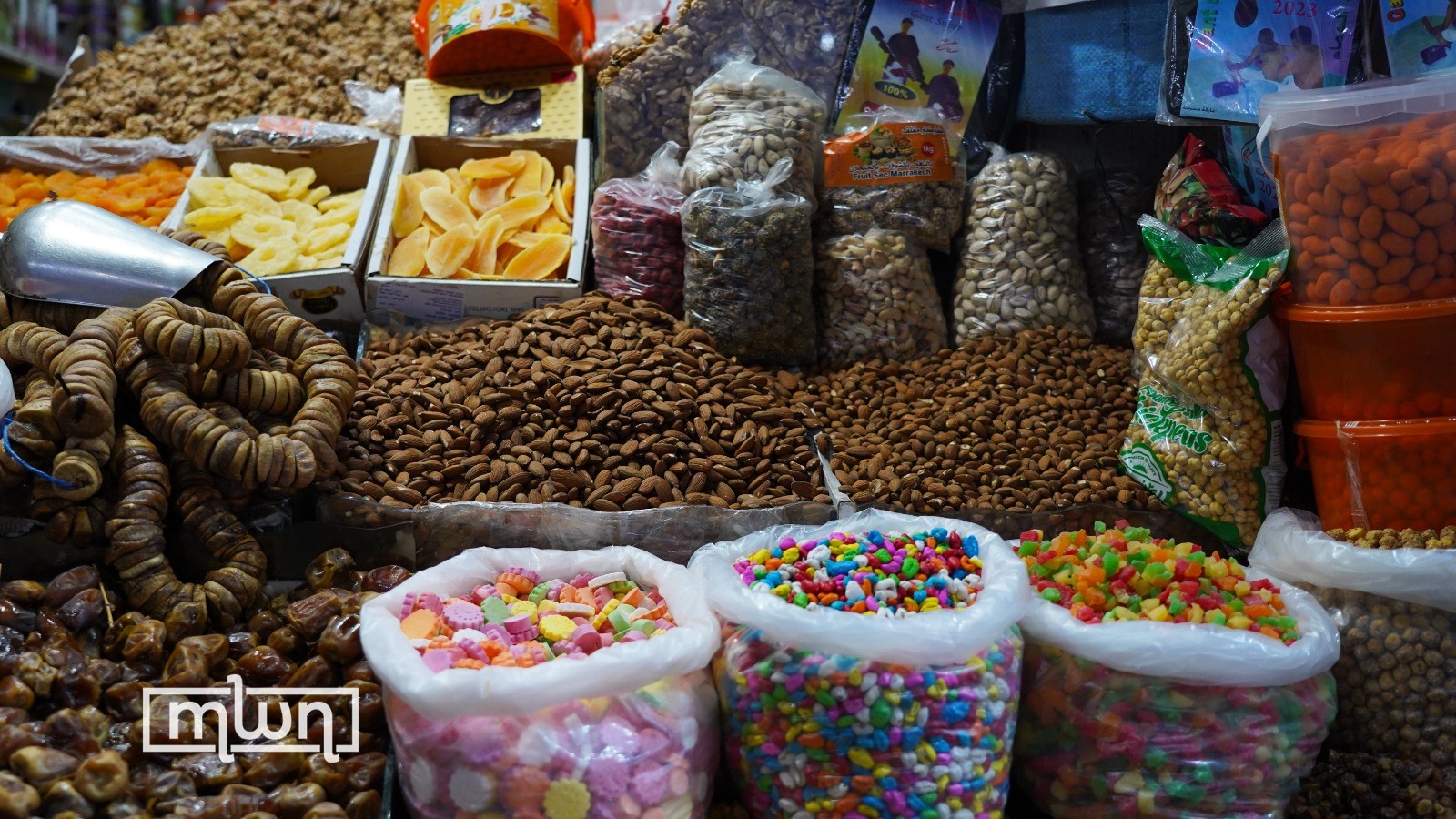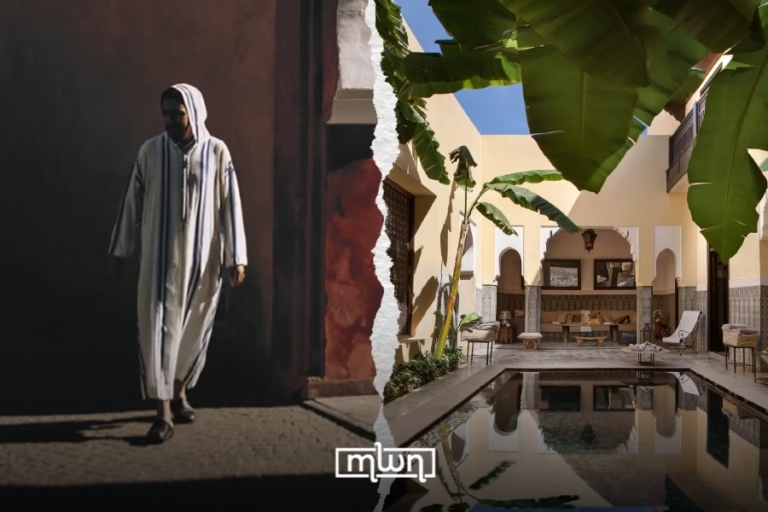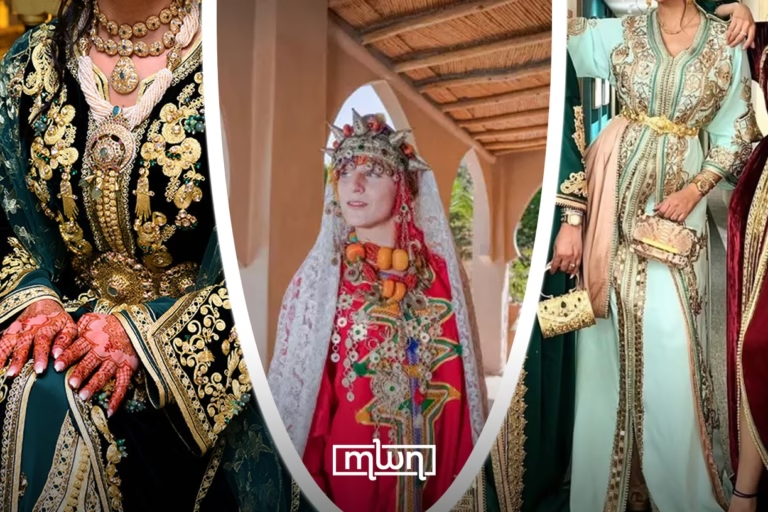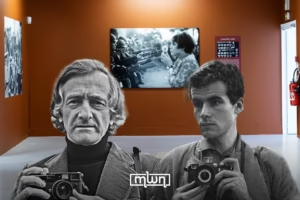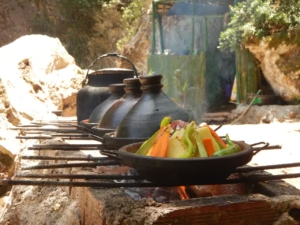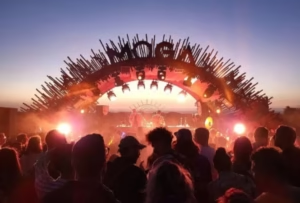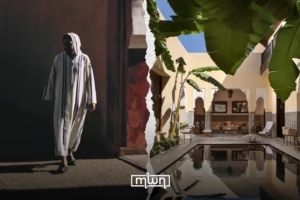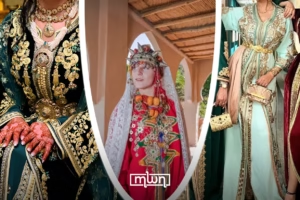Stuttgart – In the captivating landscape of Morocco, the traditional rhythms of Islamic customs blend harmoniously with the vibrant hues of cultural celebrations during Ashura. This festive occasion, widely observed by Muslims globally, offers a rich tapestry of customs, mouthwatering delicacies, and cherished rituals, making it an exceptional and unforgettable experience in Morocco.
As the holy month of Muharram approaches, a palpable sense of anticipation fills the air, and the spirit of Ashura takes center stage across the nation. Moroccan households bustle with purpose as women meticulously prepare their homes, cleansing every nook and cranny to usher in the New Year with a sense of purity and vitality.
In the lively souks and bustling markets, a kaleidoscope of colors and aromas heralds the preparations for Ashura. Families immerse themselves in this vibrant atmosphere, seeking special ingredients for traditional dishes and embracing customs that define this beloved holiday.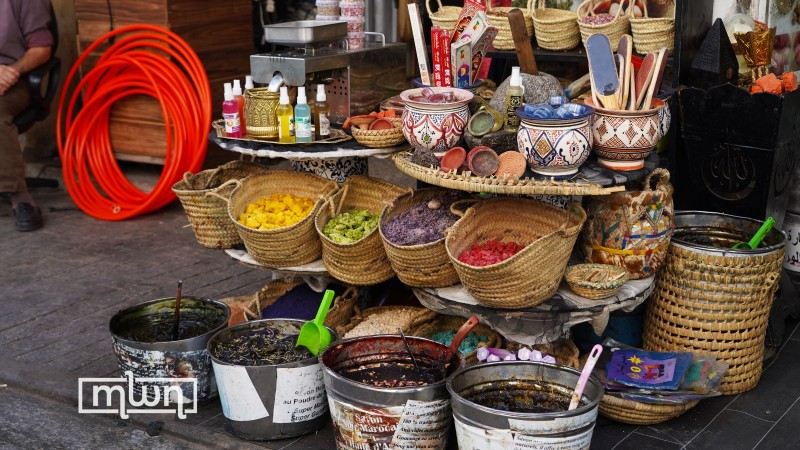
Rabat’s souq
Ashura in Morocco embraces a diverse range of celebrations, each with its unique regional flair. Influences from Amazigh (Berbers), Andalusians, Arabs, Jews, and Africans intertwine, creating a tapestry of joy that varies from city to village, making the festivities a reflection of the country’s cultural richness and integrity.
Beyond the spiritual
While fasting during Ashura is not obligatory, many Moroccans choose to fast on the ninth and tenth day of Muharram as a spiritual practice. It is a time of reflection, drawing closer to Allah, and seeking blessings. Mosques resonate with prayers and recitations of the Holy Quran, infusing the atmosphere with a sense of devotion.
Beyond the spiritual aspect, Ashura becomes a joyous celebration of familial bonds, as families come together to prepare delectable dishes that tantalize taste buds and warm hearts. These shared culinary experiences strengthen the sense of togetherness and create cherished memories.
For the younger generation, Ashura is a time of excitement and wonder. Children receive new clothes and toys, selected thoughtfully to spark their imagination and delight. The bustling souks offer an array of toys, from dolls to action figures, exactly what children look forward to the most during Ashura.
The endearing “Hak Baba Aishur” tradition, akin to “trick or treat,” adds to the charm of Ashura. Children knock on doors, chanting “Hak baba Ashur,” hoping for sweet treats, dried fruits, and occasional coins, creating a spirit of camaraderie and generosity.
As the sun sets, the rhythmic beats of Moroccan drums, the Taarija and Bendir, fill the air, setting the tone for the celebration. Women and children adorned with green henna sway to the enchanting music, immersing themselves in traditional folklore chants, echoing the rich heritage of Morocco.
Read also: Ashura in Morocco, a Joyful Celebration of Great Significance
The night sky lights up with “Sha’ala,” where families and friends dance around bonfires, creating cherished memories amidst laughter and joy. “Zamzam,” a playful water-throwing game, symbolizes prosperity and life, as children and teenagers engage in frolic and camaraderie.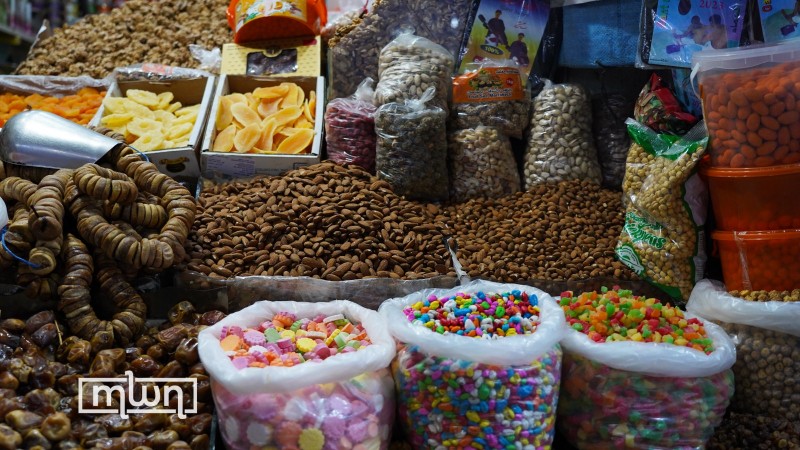
Rabat souq
Ashura’s culinary delights showcase Morocco’s gastronomic prowess in all its splendor. Kourdass couscous, a delectable combination of dried meat and sheep’s innards, adds a unique twist to the traditional couscous served on Fridays. Krichlate (Fqiqsat), delightful cookies served with mint tea, evoke nostalgia and warmth.
Fakia, a delightful fusion of dried fruits and nuts, stands as a beloved appetizer cherished by all. Families come together, savoring this delectable treat, sharing not just the sweetness of the delicacy but also the sweetness of life and gratitude.
As Ashura’s colorful celebrations close, echoes of its harmonious spirit resonate throughout Morocco. This cherished occasion celebrates the rich tapestry of life, weaving together Islamic traditions and diverse customs into a cohesive and harmonious celebration. 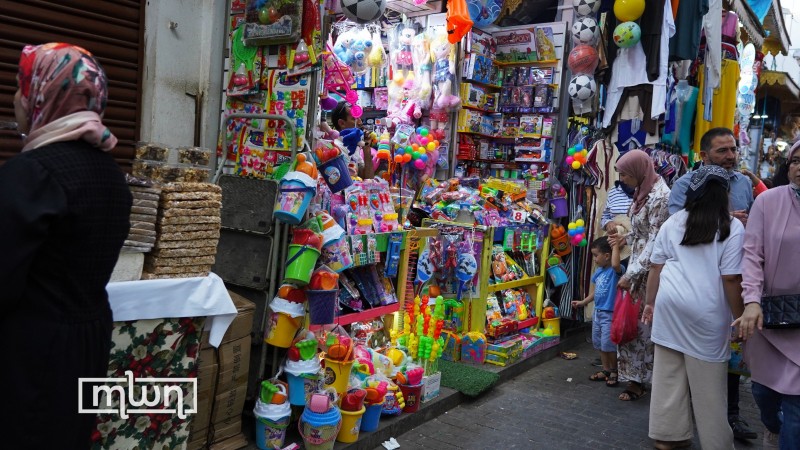
Rabat souq
In Morocco, Ashura serves as a vibrant reminder of the country’s unique identity, where cultural heritage and spiritual devotion coalesce in a captivating symphony of joy and unity.

